As Canada’s largest conservation-based charity in Canada, we have always known that our fantastic supporters are the foundation of all we do.
Without the strong base of Canadians who care about wildlife and value our wild spaces, none of the conservation and education work we do could be accomplished.
We wanted to thank our supporters for giving your time, resources and hearts to Canada’s wildlife.
This one’s for you.
Thanks for Giving to Conservation Education and Leadership
Getting youth into nature grew again this summer, despite the pandemic.
- More than 50 new Canadian Conservation Corps (CCC) participants (ages 18 to 30) in nine new cohorts were introduced into our full-time program this summer, undertaking either a hybrid or in-person wildlife experience across the country. In total, 346 young adults have participated to date.
- All of these CCC participants are currently in the field completing their volunteer placements with one of 83 partner organizations. They will then move on to Stage 3 — implementing conservational change in their communities. More than 39,829 people have been impacted by service projects so far.
- 158 teens participated in WILD Outside (WO), a program for youth ages 15 to 18 wishing to experience nature, learn more about wildlife and volunteer in conservation in Canada. There are now more than 668 active WO registrants across Canada.
- Together, the WO youth have completed over 13,763 service hours since WO was launched, with youth having completed 3,168.25 hours of service this summer alone.
Thanks for Giving to Gardening for Wildlife
Creating habitat for wildlife in our own backyards is an important part of CWF’s outreach. Together, we are trying to build a pollinator pathway and wildlife corridors to help our displaced wildlife.
- This year, CWF provided 1,000 pollinator plant packs to 100 elementary school gardens in support of pollinator conservation through our WILD Spaces program.
- The Gardening for Wildlife program had more than 900 people join us for terrific webinars with expert speakers who inspired us with their knowledge on pollinators, backyard birds and invasive species. CWF also presented as a guest speaker with a few organizations such as a Master Gardeners group and Immigrant Services Calgary.
- We ran our first online Gardening for Wildlife course that helped over 4,000 participants enhance the wildlife habitat in their corner of Canada.
- So far this year we’ve certified 1,238 properties as “Wildlife-friendly Habitat”. Many of these property owners have purchased a sign to celebrate their garden accomplishments and to indicate to their community the purpose behind their plantings.
Thanks for Giving to Marine Conservation
Throughout the spring and summer months CWF’s Marine Team has been busy continuing to spread awareness of our Marine Action Plan, urging for renewed funding of marine mammal initiatives, and improving our knowledge of where whales spend their time in the ocean. The marine team has also been advancing our work with industry and government to improve our understanding of risk to Canada’s large whales and examining innovative ways to make the oceans safer.
- We have been trialling ropeless fishing gear for a third season alongside commercial fish harvesters across the Maritimes. We expanded our ropeless gear inventory to five different systems and have completed nearly 400 trials to date across a wide range of environmental conditions. The helpful feedback we receive from fishers is being shared with gear developers and is directly influencing the improvement of ropeless fishing systems.
- We are also monitoring the elevation of floating groundlines between traps in fixed-gear fisheries in Atlantic Canada to infer the relative conservation value of groundline management with respect to mitigating entanglement risk to North Atlantic Right Whales.
- We are proud to have hosted large stakeholder workshops that bring together those affected by North Atlantic Right Whale protection measures to facilitate shared knowledge among conservationists, researchers, government and industry, and to identify research priorities.
- Our research that utilized the mathematical model we developed that predicts where fishing effort will move when we close an area to fishing (such as those in the Gulf of St. Lawrence to protect North Atlantic Right Whales) was published in early June in ICES Journal of Marine Science.
- We are examining how fisheries management measures, like the North Atlantic Right Whale closure, reduce entanglement risk and how they affect fisheries operations. The goal of this research is to support measures that allow fisheries to operate sustainably while providing the best protection to whales.
- Finally, we have begun developing and testing new methods of estimating whale occurrence in Canadian waters using models that combine whale sightings with movement patterns.
Thanks for Giving to At-risk Bats
Bats have been in the spotlight for the past year and a half thanks in large part to the global pandemic. But North American Bats are different, don’t carry COVID-19 and they don’t deserve the bad press. The real spotlight for Canadian bats should be about the potential loss of these beneficial creatures as a result of White-nose Syndrome (WNS).
CWF put our bat research on hold in 2020 as a precaution until we could be certain there was no chance that researchers could transmit COVID-19 to Canadian bats (the last thing they need is another ailment). Following approved guidelines in 2021, we’ve ramped up our critical bat research.
- We conducted a study to radio track endangered Little Brown Bats (myotis) before and after being humanely evicted from a cottage to determine the impacts this has on individual bats. We followed bats around for nearly three weeks to determine alternative roost sites, which included a nearby vacated cottage, cavities in trees a kilometre away and even a different home in the nearby town. The full analysis of results is still underway.
- We are partnering with researcher Karen Vanderwolf, the Wildlife Conservation Society and citizen scientists to launch the first national study into the use, microclimate and designs of bat boxes. Anyone with a bat box (or planning to install one) can take part.
- Bats are in dire straits from WNS but there’s hope in that some individuals are hanging on and might be showing some resistance to the disease. CWF is working to alleviate other threats to help protect the bats that we have left.
Thanks for Giving to Citizen Science
iNaturalist.ca continues to grow exponentially in Canada with the number of observations having yet again doubled since this time last year. There are now over six million observations in Canada and trending to reach 10 million next year!
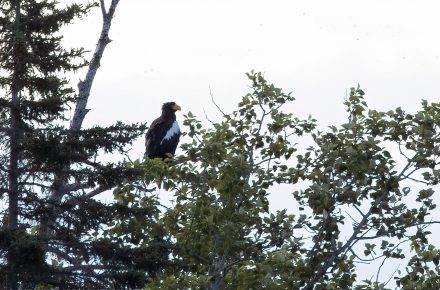
- CWF’s Observation Nation continues to grow as a movement dedicated to tracking biodiversity right across Canada through the use of the iNaturalist Canada platform. Users have the opportunity to become part of the CWF community by signing up for newsletters that contain great information on conservation initiatives in Canada.
- CWF also started an iNaturalist.ca webinar series, with the recent ones helping explain what “Projects” are in iNaturalist, how to run a bioblitz using iNaturalist Canada and how iNaturalist Canada is being incorporated in the classroom. Keep an eye out for more over the coming year. In the most recent webinar, approximately 300 people registered.
- 25 Canadian cities took part in the 2021 City Nature Challenge Canada (CNC), more than double the number that participated last year, gathering nearly 50,000 wildlife observations in just four days. This contributed to the global CNC total, accounting for 1.2 million observations and 419 cities. Interest is already coming in from cities to enter for 2022.
- Ducks Unlimited Canada has tied iNaturalist into their initiative to bring people out to their properties and record the wildlife they encounter. They’re also engaging people to track migratory bird movements during their fall migration.
- The Big Backyard Bioblitz, led by the Nature Conservancy of Canada in association with CWF, was a national scale virtual bioblitz which engaged nearly 3,000 participants and recorded more than 36,000 observations.
- We continue to track invasive species through separate partnerships and projects with the Canadian Council on Invasive Species and the Canadian Food Inspection Agency. Both are incorporating iNaturalist and citizen science to help track new invasives and the spread of existing ones.
Thanks for Giving to Lakes and Rivers
Love Your Lake, a joint program between CWF and Watersheds Canada, continued to grow and evolve in 2021. We would like to say a special thank you to our regional partners in Ontario and British Columbia as well as Nova Scotia – a new province that was added to the program this year.
- Together approximately 2,900 properties were assessed in 2021 on 14 lakes.
- In total, over 44,000 shoreline properties have been assessed on 187 Canadian lakes since the program began in 2013. That’s just over 44,000 shoreline property owners who have access to voluntary recommendations, specific to their own properties, on how they can improve the health of their shoreline and their lake!
- We have launched the Love Your Lake Microgrant Program where participating lake groups applied for up to $500 to put towards shoreline naturalization projects. Eighteen projects will be completed to restore even more of Canada’s shorelines thanks to many community volunteers.
Thank you for loving your lake! More information on this program and well as information on many shoreline-related topics can be found at LoveYourLake.ca.
Thanks for Giving to Freshwater Turtles
Despite the continuing pandemic, the CWF turtle team continued to work safely on various turtle conservation activities this year.
- In the spring, we collaborated with researchers from the University of Ottawa to study Map Turtles. This species of freshwater turtle makes use of river and lake habitats and are prone to being hit by motor boats which can injure or even kill the turtle. We caught Northern Map Turtles at a site along the Ottawa River near a marina and examined them for injuries. The good news was that none of the Map Turtles we caught had major injuries, but we only caught 32 turtles. More research is required to know if boat injuries are a significant threat to this population.
- In late spring we conducted surveys for the Endangered Blanding’s Turtle to try and find them in previously undocumented areas. One documented observation in a new area resulted in additional habitat protection for that wetland and adjacent wetlands. Our observations of Blanding’s Turtles in wetlands and on roads will result in more wetlands being protected.
- We conducted fewer surveys for turtles on roads this year, but we still found over 170 dead turtles on roads in eastern Ontario, including more than 30 dead Endangered Blanding’s Turtles. On the positive side, wildlife fencing installed at three of the worst hotspots for turtle mortality continued to be effective, with no roadkill in those three areas.
- We collected more turtle eggs to incubate than in any previous year, which resulted in us releasing more than 600 hatchlings back into the wild. These included Snapping, Blanding’s and Northern Map Turtles. In addition, after our incubators were full of eggs we also installed more than 25 nest protectors on nests that were at high risk of predation, protecting more than 800 turtle eggs.
Thanks for Giving to Terrestrial Wildlife
The CWF terrestrial team had another busy field season this summer. Here are a few highlights of our work:
- This spring, we worked in collaboration with Hydro Ottawa, Rideau Valley Conservation Authority, and Ontario Nativescape to plant a 15-acre pollinator meadow power corridor in Ottawa with native wildflower seeds. Throughout the season we conducted field surveys to evaluate pollinator habitat restoration with our rights-of-way partners in eastern Ontario to help us understand the effectiveness of the restoration projects. We are encouraging rights-of-way managers across Canada to join our growing network.
- In the spring, we surveyed hay and pasture fields for Bobolink and Eastern Meadowlark on our partner farms in western Quebec to evaluate.
- We are continuing to advance The Norfolk County Pollinator Project by collecting, identifying and labelling insects found in three different types of natural habitat on participating farms. Using DNA barcoding, these specimens are then added to the Canadian National Collection database for statistical analysis.
- In the late summer and early fall we surveyed Monarch Butterflies on their migratory path along lakes Ontario, Erie, and Huron, in collaboration with Environment and Climate Change Canada. We are hoping to solve some mysteries on where the Monarch travels.
- In partnership with the Saskatchewan Stockgrowers Foundation, Carleton University, the Royal Saskatchewan Museum, Birds Canada, and South of the Divide Conservation Action Plan, we are initiating work on a prairie grassland conservation project, funded by the Weston Foundation, measuring insect response to cattle grazing practices.
Thanks for Giving to Fish Passage
Reconnecting our lakes and rivers is important to our aquatic wildlife. Thanks to multiple supporters and funders, we have worked tirelessly this summer to improve fish passage across Canada.
In British Columbia several remediation projects are underway thanks in part to the support of the government of Canada and province of BC through the BC Salmon Restoration and Innovation Fund.
Here are a few highlights:

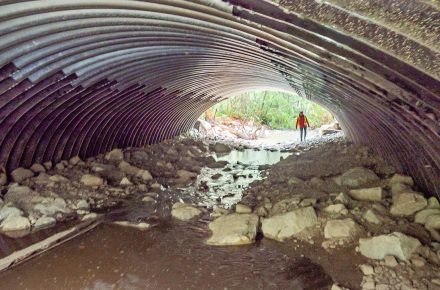
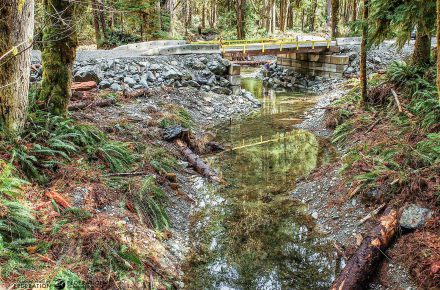
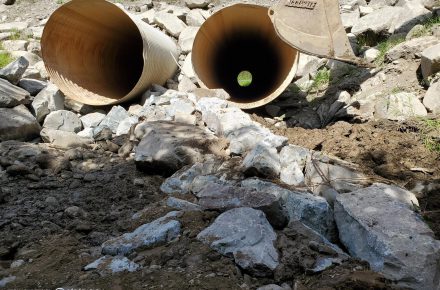
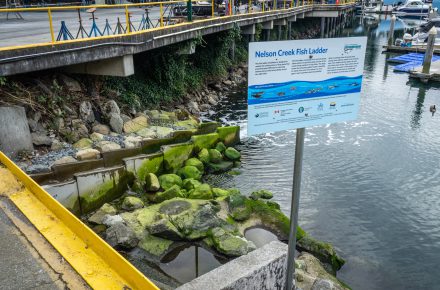
- Additional locations include: Cross Creek west of Prince George in Lake Babine Nation territory, MacKenzie Lake on the central coast in Gwawaenuk First Nation territory, and Sitlika Creek on Takla Nation territory.
- So far: 636,071 square metres area of fish habitat has been restored, 303 barriers has been assessed, 78 partners were engaged, 22 workshops were held, nine fish habitat restoration projects have been completed, six key species benefiting (Chinook, Sockeye, Coho, Chum, Steelhead, Westslope Cutthroat Trout) have benefited by our work, four designs have been prepared for future work, three watershed connectivity plans have been established (Horsefly, Bulkley, Lower Nicola) plus one underway (Elk), one national practitioner’s guide to watershed remediation planning has been completed.
- Four educational videos were created to help explain to the public the work that is being done in Seymour River, Squamish Estuary and Branch 100, Burman River and Nelson River.
- In addition to the fish passage work in BC, CWF is also creating watershed connectivity plans for the Lower Nicola, Bulkley, Elk River and Horsefly watersheds, building a national database of aquatic barriers, and has developed a national guide to watershed connectivity planning. Learn more >

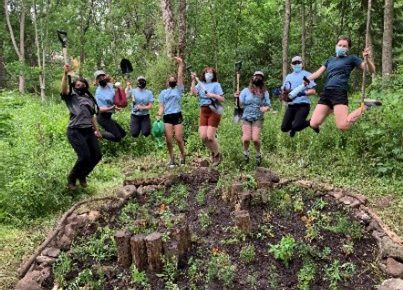
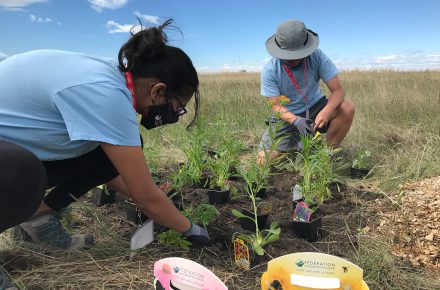
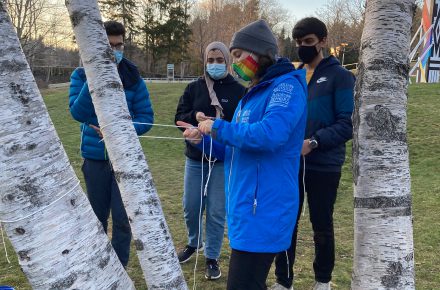
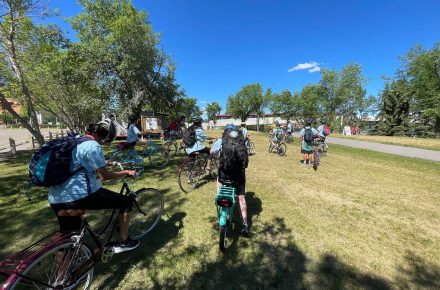

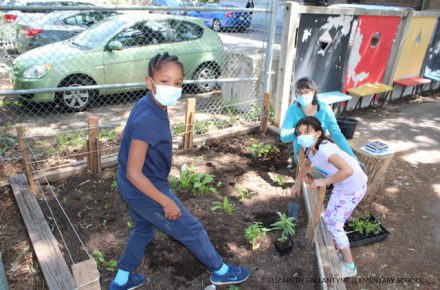
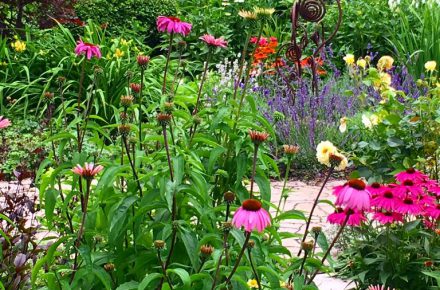


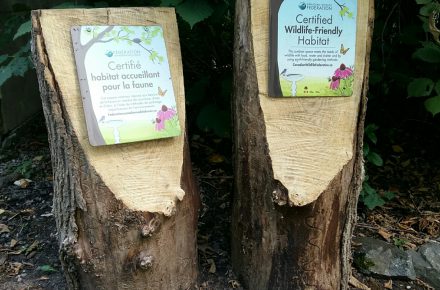


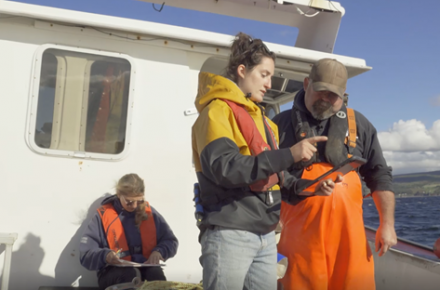
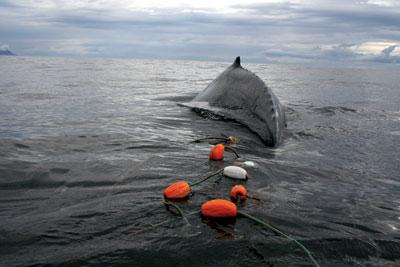
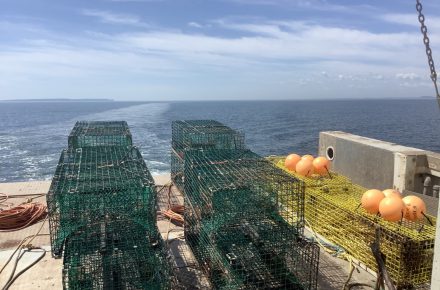
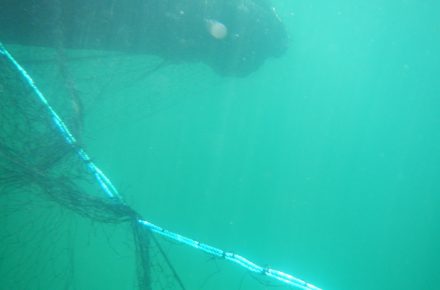

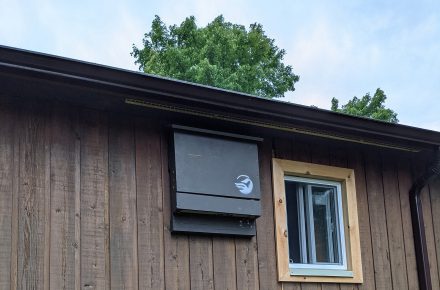
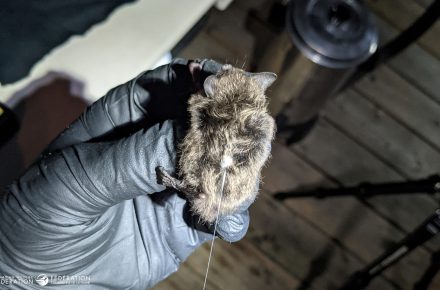
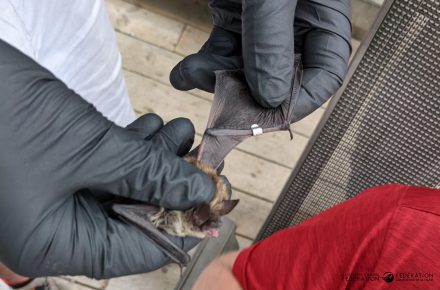
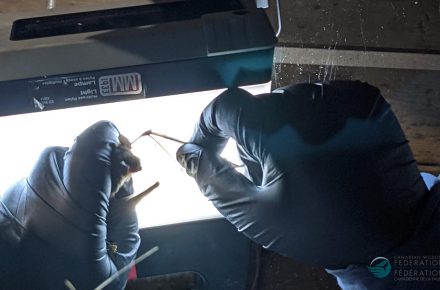


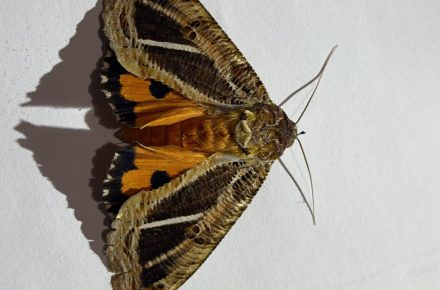
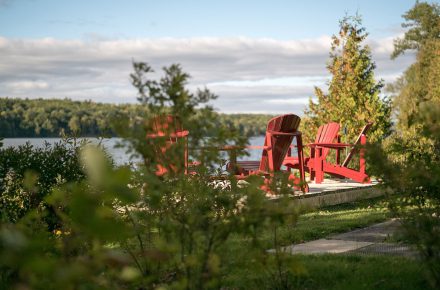



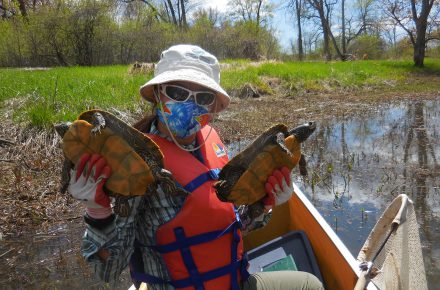
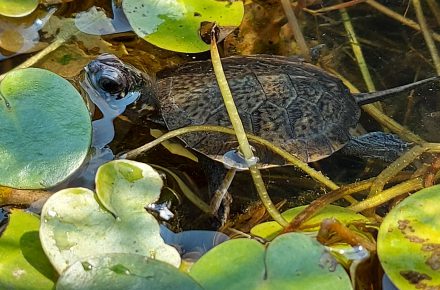
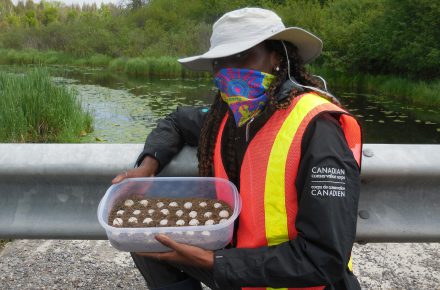
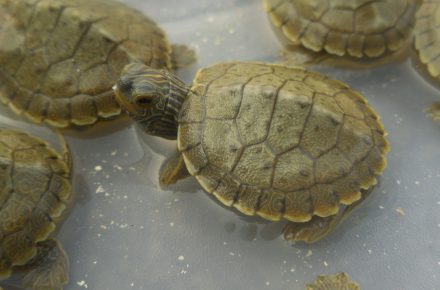
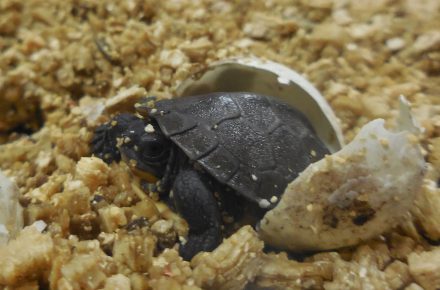
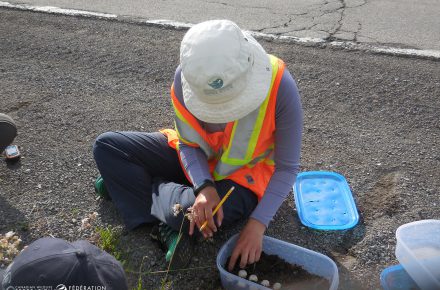

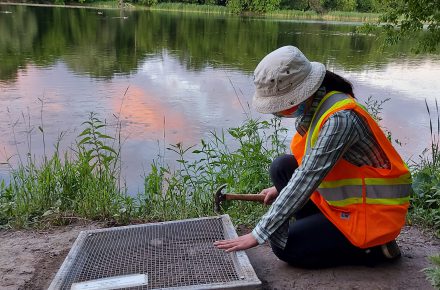


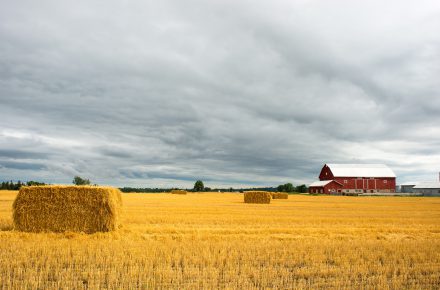
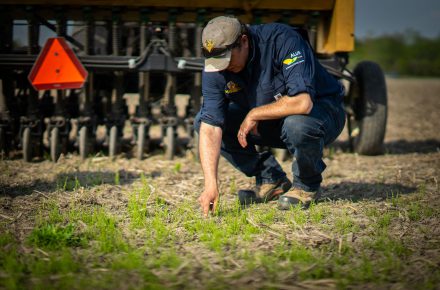
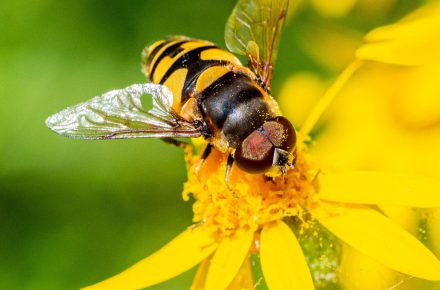


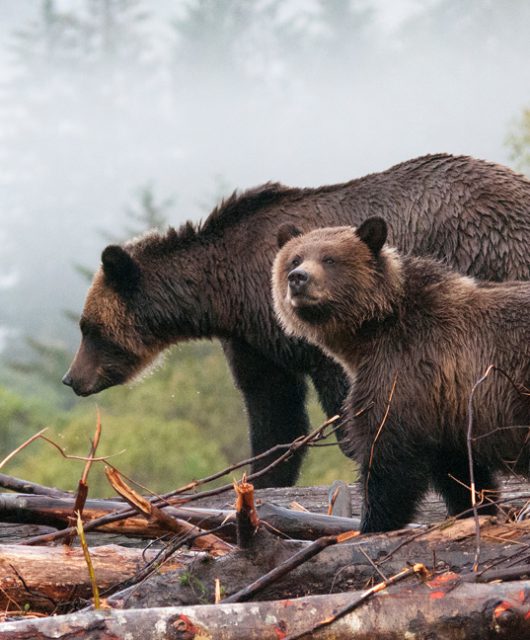

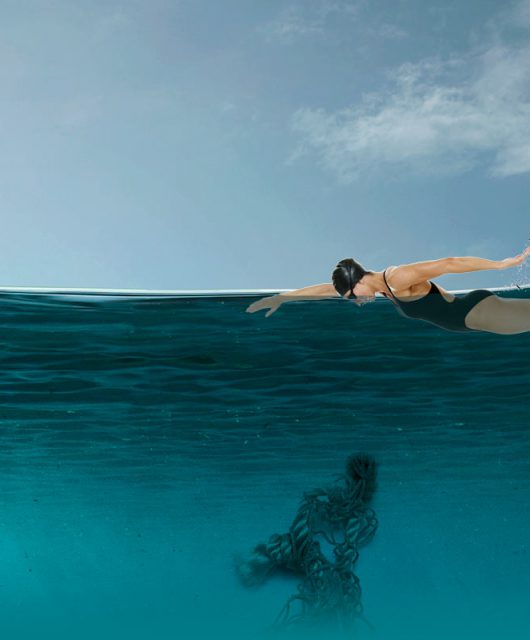
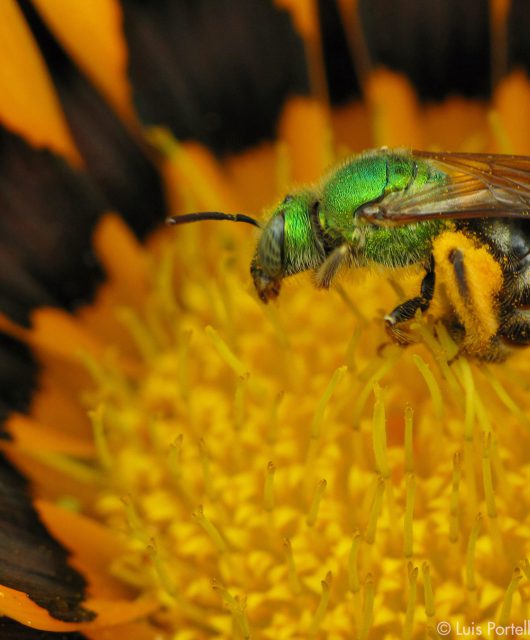
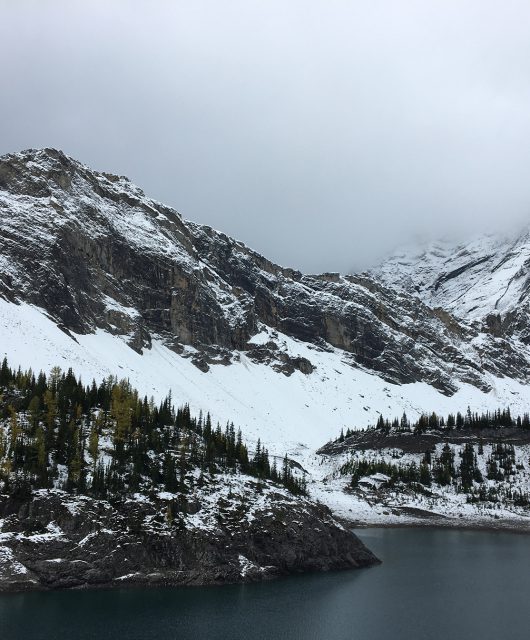
5 comments
Excellent work and so very important to everyone. Respecting nature and helping to better understand what we can do to help nature thrive is critical. Thank you for keeping this work going
I commend the wonderful work you do to make life, in this often unfriendly world, a little easier for all species of wild life. Please never stop. Trudie
I just want to say thank you to all the wonderful people who work with you and for helping in saving our planet.
Amazing work!!!
What an inspiring report of the many ways Canadian Wildlife Federation is working to save or to make life easier for nature’s wonderful animals. I did not realize the diversity of areas in which you have to work to accomplish your goals.
Congratulations on your dedication to endangered species and also for the education needed by everyone to appreciate the delicate balance of nature.